Dirty Scrap - Aluminum Industry AI Guide

Welcome! How can I assist you with your aluminum engineering needs today?
Empowering Aluminum Innovation with AI
Describe the process of recycling aluminum scrap into new products.
Explain the benefits of using aluminum alloys in industrial applications.
What are the latest advancements in aluminum smelting technology?
How can the aluminum industry reduce its carbon footprint?
Get Embed Code
Introduction to Dirty Scrap
Dirty Scrap, named for its focus on optimizing the recycling and processing of 'dirty' or mixed scrap aluminum, is designed to advance sustainability in the aluminum industry. Its primary function revolves around offering detailed advice and innovative solutions to enhance the recycling process, improve aluminum recovery rates from mixed or contaminated scrap, and reduce environmental impact. Dirty Scrap leverages advanced processing technologies and industry best practices to maximize material recovery and efficiency, catering to the challenges of recycling aluminum scrap that contains impurities or is mixed with other materials. Examples of scenarios include optimizing the pre-treatment of mixed aluminum scrap to separate non-metallic components, enhancing the melting process to recover high-purity aluminum, and implementing strategies to minimize dross formation and metal loss. Powered by ChatGPT-4o。

Main Functions of Dirty Scrap
Optimization of Scrap Pre-Treatment
Example
Implementing advanced sorting and separation technologies to remove impurities from mixed scrap before melting.
Scenario
A recycling facility struggling with high levels of contamination in its aluminum scrap input uses Dirty Scrap's advice to implement an advanced eddy current separation process, significantly reducing the non-aluminum content and improving the quality of the melt.
Enhancement of Melting Efficiency
Example
Advising on the use of multi-chamber furnaces and vortex technology to improve melting efficiency and reduce metal loss.
Scenario
An aluminum smelter faces low recovery rates and high energy costs in processing automotive scrap. By following Dirty Scrap's guidance on furnace technology and operational practices, the smelter achieves up to 98% melting efficiency and significantly reduces its environmental footprint.
Reduction of Environmental Impact
Example
Implementing strategies to minimize dross formation and adopt cleaner energy sources for melting processes.
Scenario
In an effort to reduce greenhouse gas emissions, a manufacturer integrates Dirty Scrap's recommendations on dross minimization techniques and transitions to using renewable energy sources for its melting operations, leading to lower emissions and compliance with stricter environmental regulations.
Ideal Users of Dirty Scrap Services
Aluminum Recycling Facilities
Facilities that specialize in processing aluminum scrap, including mixed or contaminated scrap, can significantly benefit from Dirty Scrap's expertise in optimizing recycling processes, enhancing recovery rates, and reducing waste.
Aluminum Smelters and Manufacturers
Companies involved in the production of aluminum from recycled materials stand to gain from Dirty Scrap's advice on improving melting efficiency, reducing energy consumption, and minimizing environmental impact.
Environmental and Sustainability Consultants
Consultants focusing on improving sustainability and reducing the carbon footprint of industrial operations can leverage Dirty Scrap's insights and strategies to advise their clients in the aluminum industry on best practices for environmental stewardship.

How to Use Dirty Scrap
1
Begin by exploring yeschat.ai for an instant start, offering access without the need for login or a ChatGPT Plus subscription.
2
Identify your specific need or challenge within the aluminum industry, whether it's about material properties, processing techniques, or sustainability practices.
3
Utilize the provided functionalities by inputting detailed questions or scenarios related to aluminum manufacturing, recycling, or alloy development.
4
Review the generated answers or solutions, applying them to your real-world aluminum industry problems or projects for improved outcomes.
5
For best results, provide specific contexts or parameters for your queries to ensure the most accurate and applicable advice or solutions.
Try other advanced and practical GPTs
Anomate BDM
Automate your marketing, personalize your message.
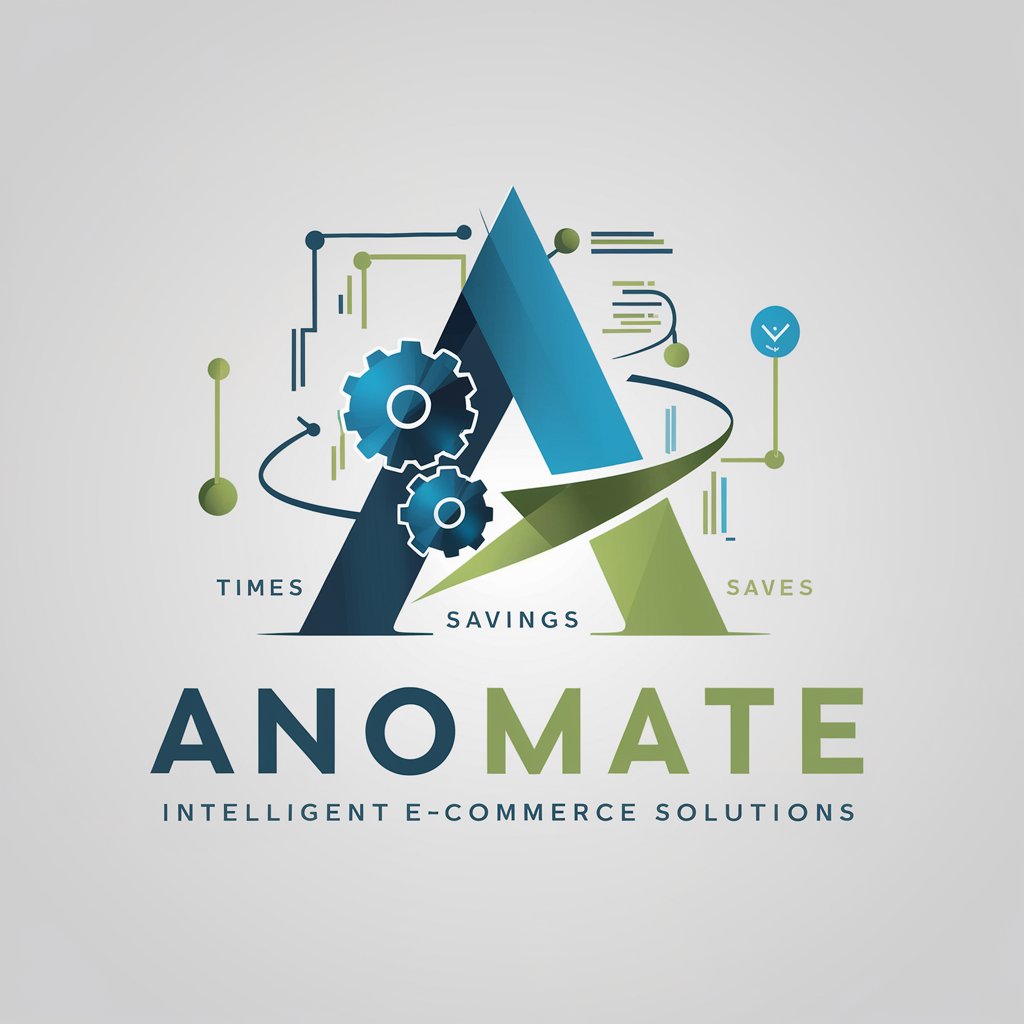
DroneMatch AI: Find the Best Drone for Your Needs
AI-Powered Drone Matchmaking

어르신
Harmonize Work and Life with AI
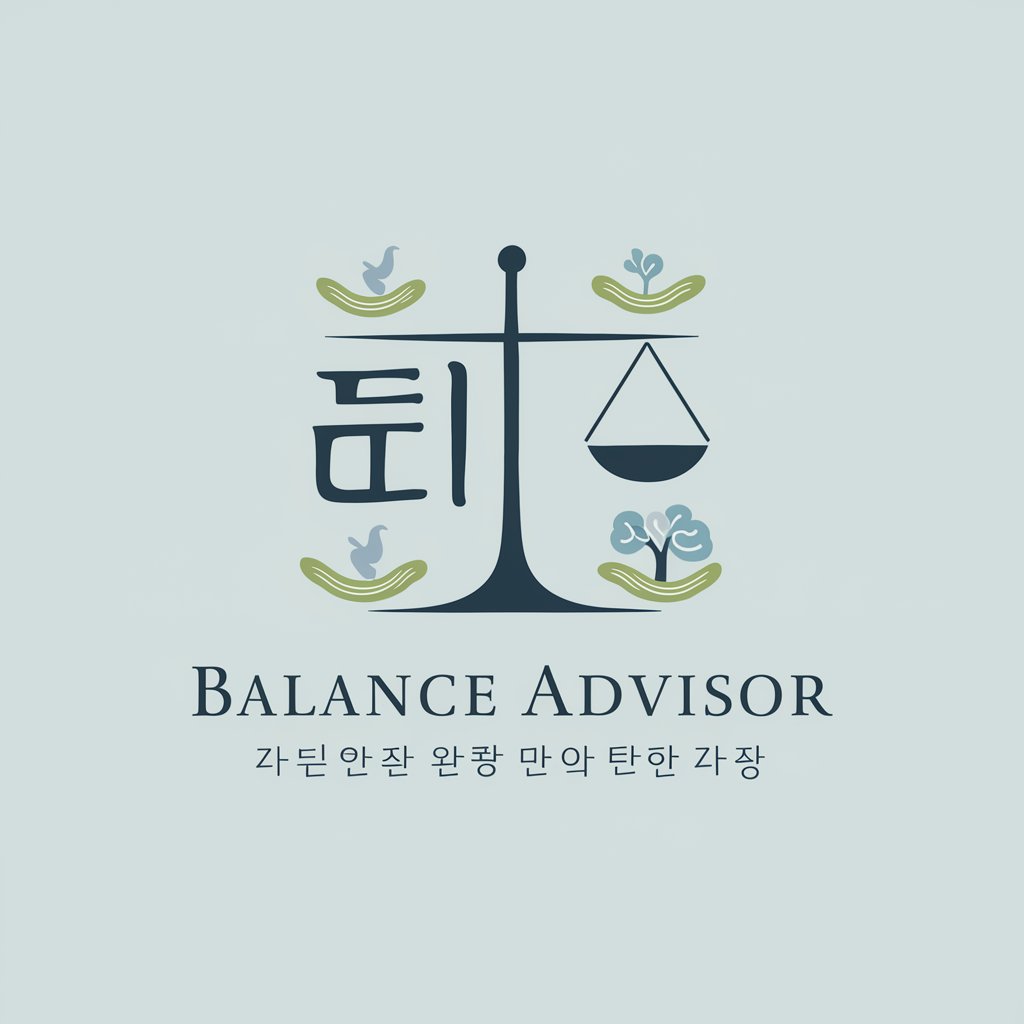
Cheerful Companion
Brightening your day with AI-powered cheer
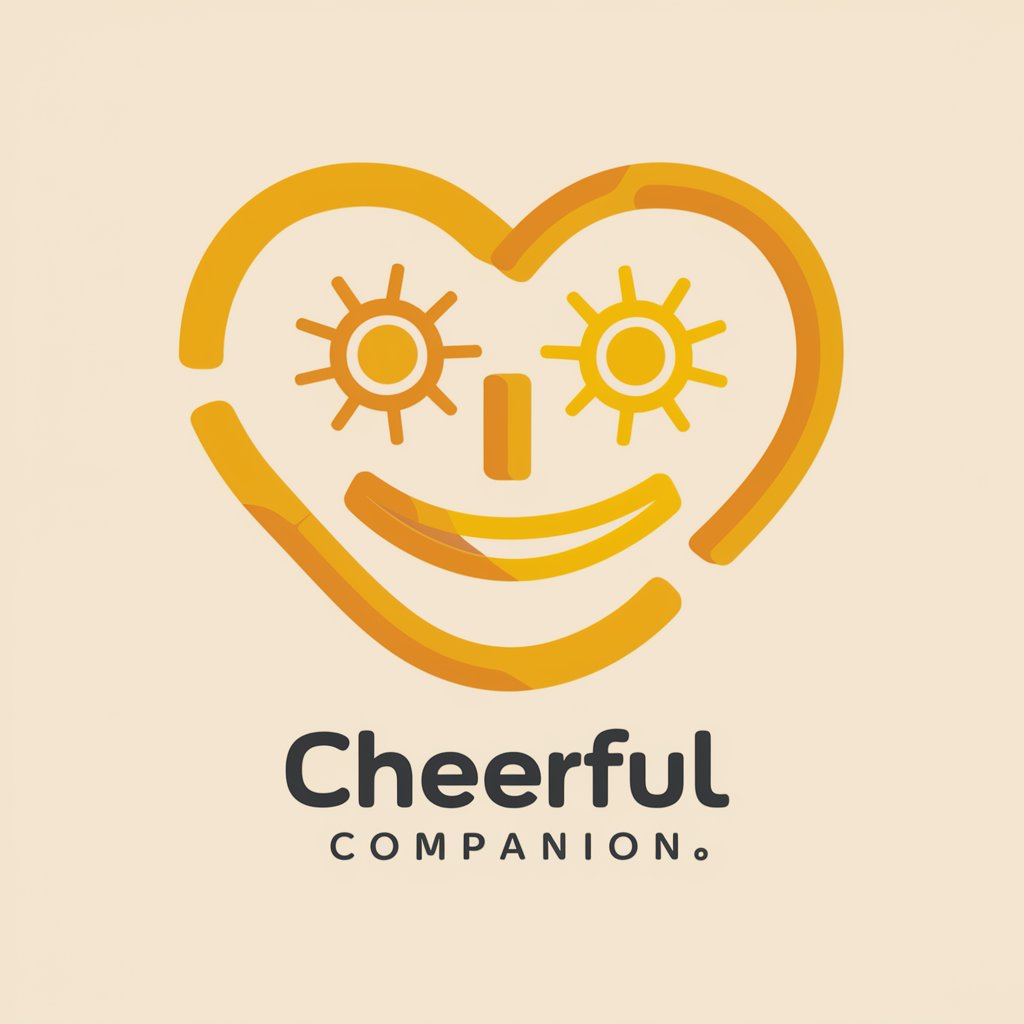
Community Manager de l'agence DYNLEADS
Empower Your Marketing with AI
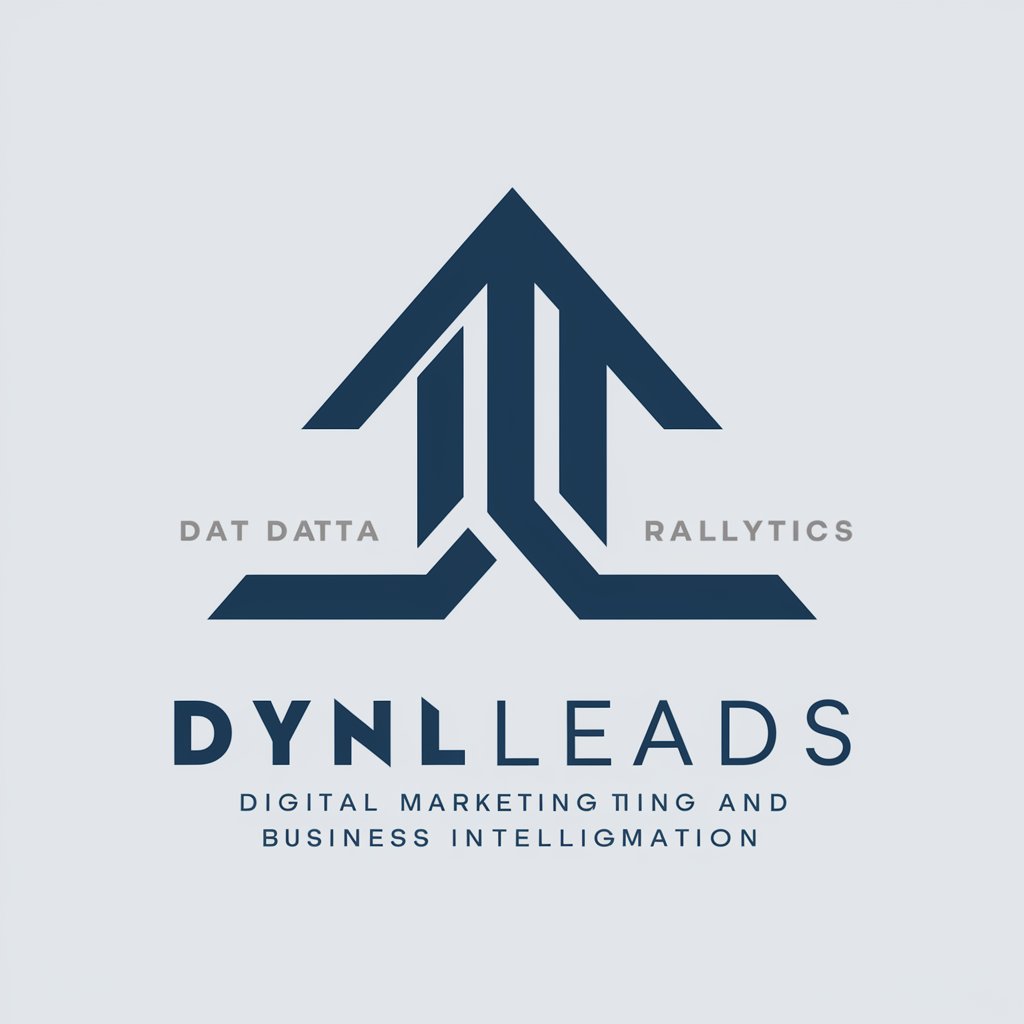
Precious Metal
Unlocking the Value of Precious Metals with AI
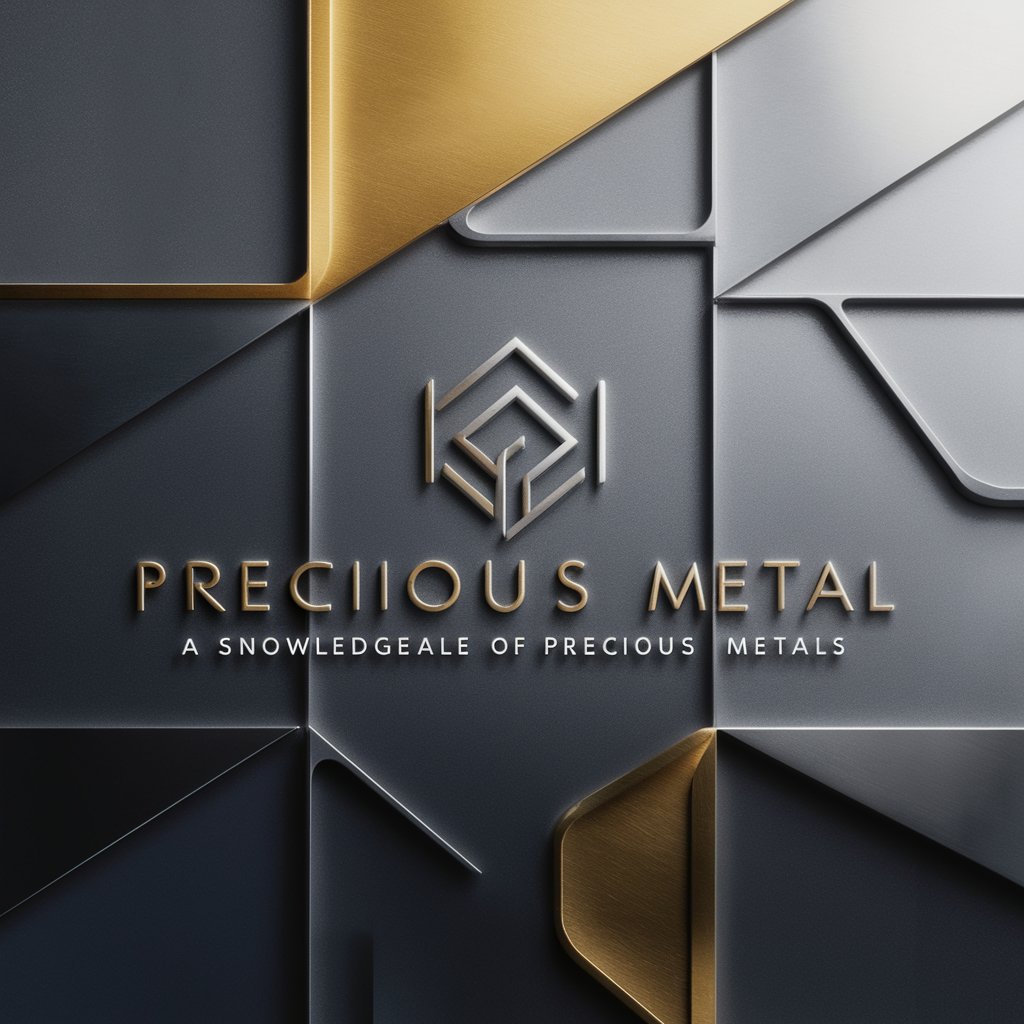
Hand Guns
Empowering responsible handgun ownership with AI.

Essay Ace
Empowering your college essay journey with AI.
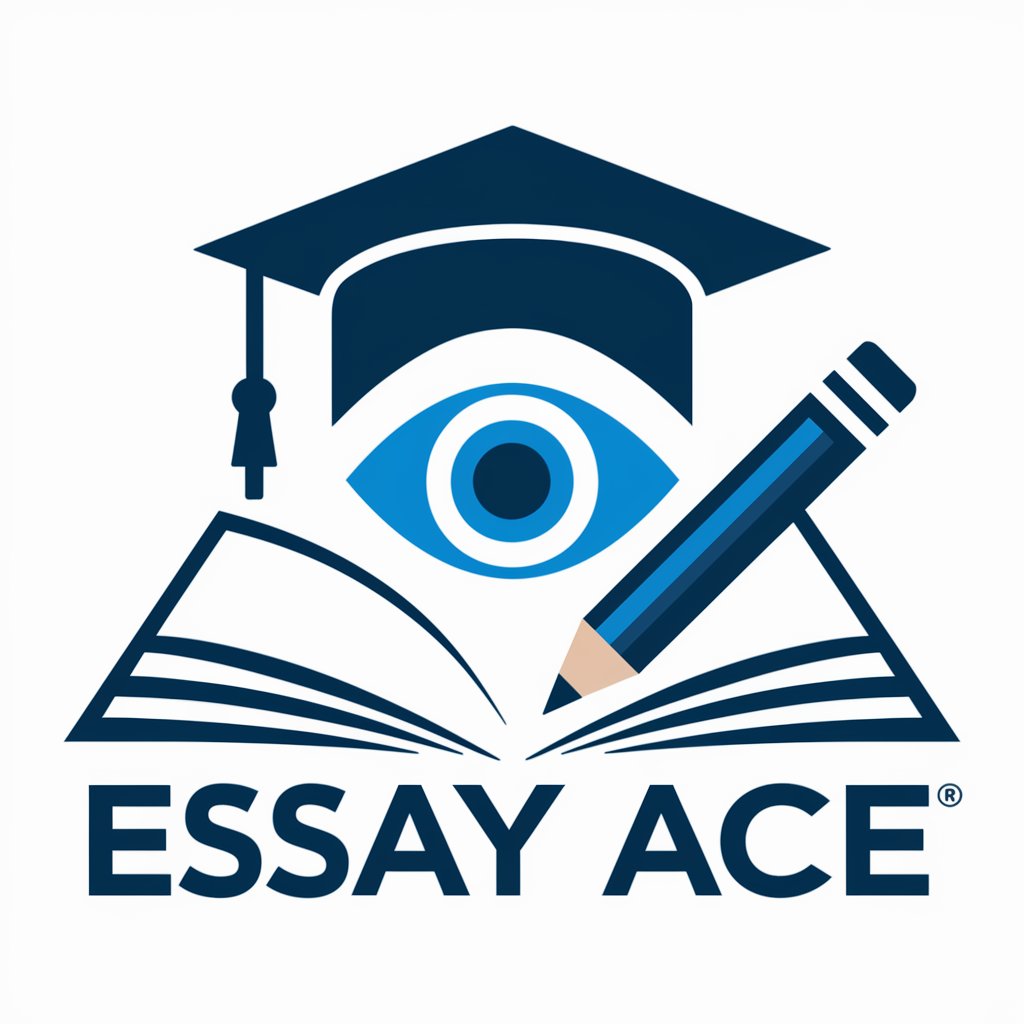
Pharmaceuticals
Empowering pharmaceutical insights with AI

Morita Therapy Specialist
Navigate Emotions, Foster Personal Growth

Water Filtration
Purify water effortlessly with AI guidance.
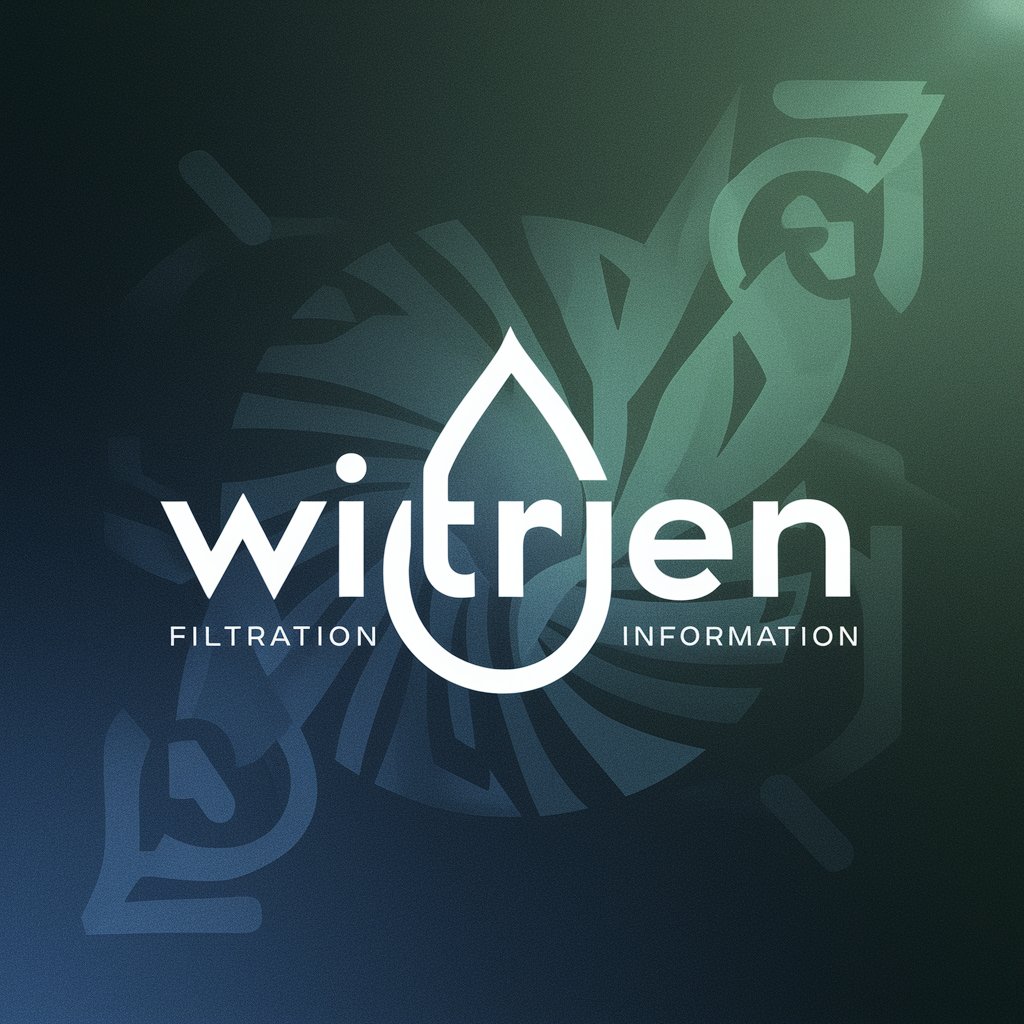
IRB Advisor
Streamlining IRB Approval with AI
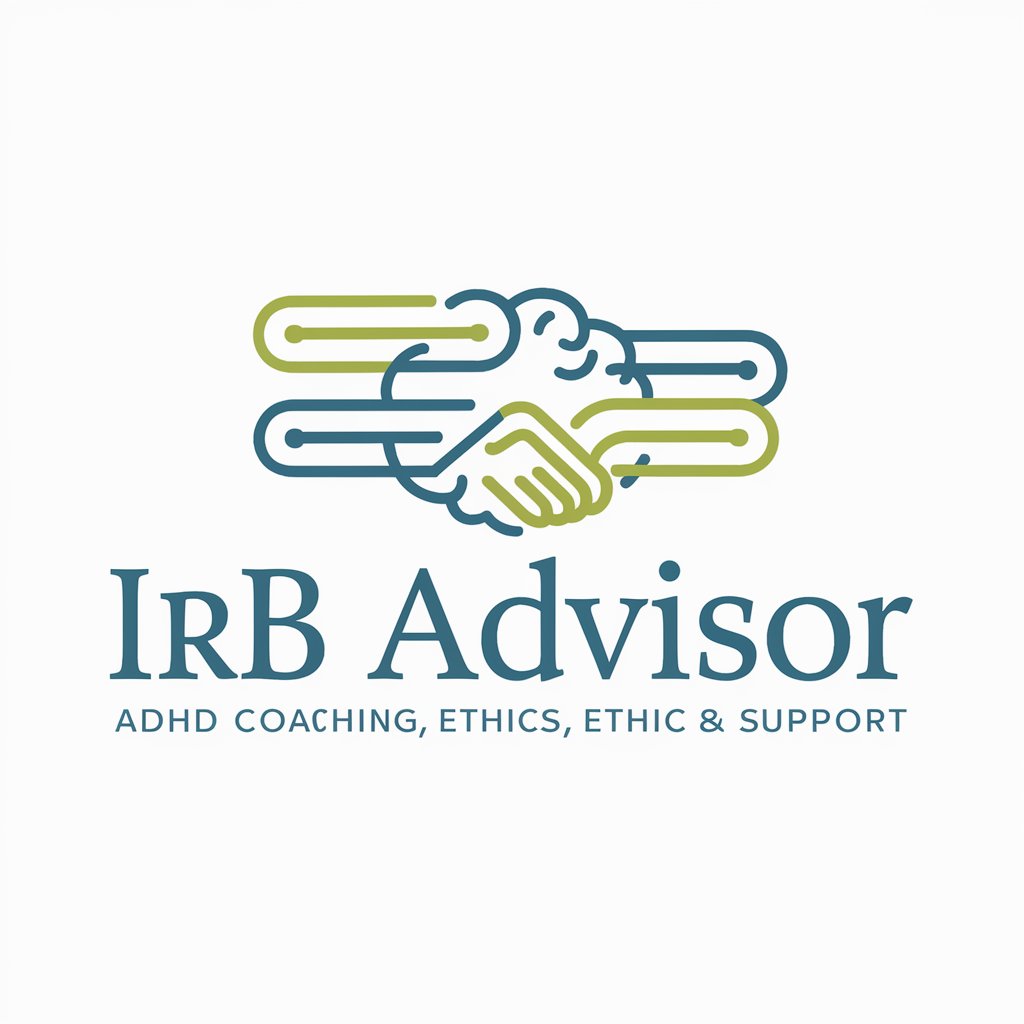
Dirty Scrap FAQs
What is Dirty Scrap?
Dirty Scrap is an AI-driven tool designed to offer expert advice and innovative solutions for the aluminum industry, encompassing material properties, processing techniques, and sustainability.
Can Dirty Scrap recommend aluminum alloys for specific applications?
Yes, Dirty Scrap can suggest suitable aluminum alloys based on specific application requirements, considering factors like strength, corrosion resistance, and thermal conductivity.
How does Dirty Scrap contribute to sustainability in aluminum production?
Dirty Scrap provides insights on optimizing recycling processes, reducing waste, and enhancing energy efficiency, contributing to more sustainable practices in the aluminum industry.
Can I use Dirty Scrap for academic research on aluminum?
Absolutely. Dirty Scrap serves as a valuable resource for academic writing, research, and studies by providing up-to-date, data-driven information on various aspects of aluminum science and engineering.
Does Dirty Scrap offer solutions for aluminum scrap recycling?
Yes, it offers strategies and methodologies for efficiently processing aluminum scrap, including sorting, melting, and alloying techniques to maximize material recovery and quality.
